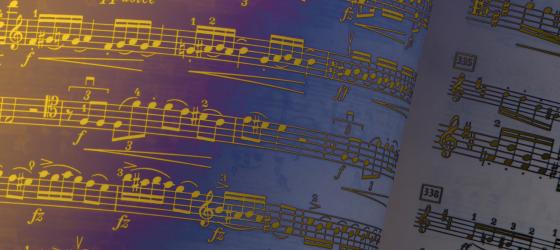Classically harmonic analysis is concerned with the properties of Fourier transforms and Fourier series, in particular convergence of summability methods, the treatment of convolution operators and the applications to complex analysis, partial differential equations and approximation theory.
Modern harmonic analysis has also enlarged its views to encompass analytical problems posed on a Lie group or a homogeneous space instead of R^n. Nilpotent Lie groups and symmetric spaces provide the most natural contexts in this regard, but more general differentiable manifolds come very naturally into the picture and the interplay between geometric features (that is, metric properties) and analytic questions has become a driving Leitmotiv in harmonic analysis over the years, also enhancing its relation with complex analysis in several variables. Furthermore, many classical questions that are formulated in smooth spaces have their analogues in discrete structures such as homogeneous trees or graphs, which may be regarded as discrete approximations of continuous settings.
Harmonic analysis includes among its classical themes singular integrals, Riesz transforms and specttral multipliers, the centrality of which is confirmed by the continuous insurgence of new viewpoints and approaches which tighten the bonds with many neighboring topics in Analysis, such as partial differential equations (PDE's) and operator theory.
On the more applied side, one of the most successful outputs of Fourier analysis of the last thirty years is the use of wavelets, which has given rise to an important branch of numerical and applied mathematics that includes, among other aspects of approximation theory, a variety of similar transforms such as curvelets, ridgelets or shearlets. Transforms of this kind may often be viewed as originating from the theory of square integrable representations of Lie groups, one of the traditional and highly developed theoretical themes of abstract harmonic analysis. This ever growing connection between abstract theoretical questions and everyday life applications, such as, to mention a central example, the link between the Radon transform and computerized tomography (CT), is one of the most appealing features of contemporary harmonic analysis.
The members of the team are active on the following research topics:
- Analysis on Lie groups, Riemannian manifolds and homogeneous trees
- Compressed sensing
- Elliptic and parabolic operators
- Gaussian Harmonic Analysis
- Gelfand pairs and Schwartz correspondence
- Harmonic analysis on semigroups
- Heat kernels
- Radon transforms
- Singular integrals
- Spectral multipliers
- Square functions
- Maximal operators
- Square integrable representations
- Uniformly bounded representations
- Wavelet analysis
People working in this area:
Giovanni Alberti
Francesca Astengo
Tommaso Bruno
Andrea Carbonaro
Filippo De Mari
Ernesto De Vito
